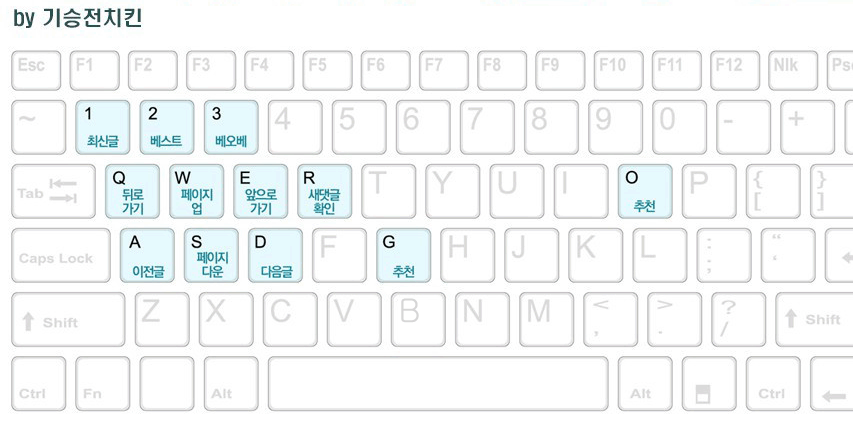DESCRIPTION
The classic dictum in HCI, “know your users,” has broader implications than is generally
realized. Users don’t exist in isolation. They live and work in contexts. They have
roles, responsibilities, and tasks. All these elements—users themselves, their contexts,
their responsibilities, and their goals—shape both the design possibilities and constraints
of not only applications but also the rendering of any new interface paradigm.
APPLICATION TO NUI
Working from our definition of the NUI, we can see that it means different things
to different people in different ecological, social, and business contexts. A NUI
that responds to in-air gestures would make no sense in a car. For most people, the
evolved interface for automobiles requires one or two hands and one or two feet to
drive. Thus many NUIs in autos employ voice input or rely on simple touchscreens
not far away from the common sight lines. This simple example illustrates the interdependence
of context, user capabilities, and task goals. Our discussion here is limited
to the touch- and gesture-based NUIs offered on an increasing array of products.
LESSONS FROM THE PAST
NUIs that enable touch, gesture, and object recognition are well suited to contexts
where users will walk up and use the system and where an interaction with the
system is intended to be enjo,yable in and of itself. There are many walk up and
use interfaces where the interaction is intended to be simply fun,ctional. Examples
include parking meters, ATMs, and automated airport check-in systems. All of these
are purely fun,ctional. The user is therefore a result and woe betide the overzealous
designer who attempts to incorporate progressive difficulty or arcane mechanics
into such a system.
In contrast, the walk up and use NUI needs to be attractive in approach and
engaging in use. That is in part because its use is often discretionary, and in many
cases its sole goal is to provide engaging diversion while the user waits for something
or someone. This engaged waiting state often serves a larger business strategy.
For example, for leisure and entertainment businesses, keeping the user amused is
an important business goal.
In other environments such as retail stores, the NUI provides a simple and intuitive
interface of mutual interaction by two or more users. Thus a customer and
salesperson can interact in a natural way much as they would across a desk. But in
this case, the “desk” is enhanced by computer technology that allows both users to
interact with the content on a equal basis.
In these environments there are different kinds of differentiation and numerous
mechanisms to differentiate users when that is required in the interaction. There
may also be contexts where user differentiation is not required or even desirable.
l Differentiation by flexible role assignment. This is most readily demonstrated
in game interfaces, which are common in leisure and entertainment environments.
Here user roles are flexible at the beginning of the game and are often
assigned by agreement or simple physical position. The system does not need
to identify a specific person.
l Fixed role definition. Sales environments are typical examples. By definition
there is a seller and a buyer. They interact across a table. While their task is
tightly coupled, their interaction is fluid. The system may or may not need to
identify a specific person or role. The buyer and the seller interact with the
system in the same way. For those systems that provide information, individual
identification is not needed. The further the system moves into the typical business
transaction, the more requirement there is for personal identification. The
system may need to identify the seller so that he or she can be credited for
engaging the customer and making the sale. If the system is designed to complete
the transaction, then in most cases the seller and the buyer (or more precisely
the payee and the payment source) need to be individuated.
l Personal identification. In this case, the unique user must be indentified at an
early stage in the transaction because the nature of the transaction depends on
knowing who the user is. A typical example is a loyalty card. Identification of
the person cues the system to provide customized options based on who the
user is. In some cases, the user may be identified not as an individual but as a
member of a class of people, for example, people who bring in a circular or
special offer coupon. They are unique only in being part of a class; high rollers
are another example.
l Identifying a user for the duration of the interaction. In this case, the user is
uniquely identified in relation to the system, for example, this is the user on
the “north” side of the system. This capability allows for role-differentiated
interactions. For example, the person on the north side will be the goalie in a
tabletop hockey game.
l Differentiated roles. All the role differentiation we have discussed so far applies
to end users. Any NUI system will also need to identify users in relation to roles
with respect to the unit itself. These include end users, system managers, and
support and maintenance staff. The system managers need access to tools and
capabilities that are barred to end users.
DESIGN GUIDELINES
The class into which users and their actions fall is determined by the type of identification
used and in many cases the method of identification.
Must
l Don’t attempt to identify users if you don’t need to. Except in widely accepted
contexts (for example, ATM systems), users prefer to remain anonymous. They
are highly suspicious when asked to identify themselves for a system.
l If users are asked to identify themselves, they must see a clear benefit and be
assured that there will be no negative consequences to identifying themselves.
For example, users readily accept the need to identify themselves when they
make a purchase. However, they are reluctant to identify themselves to an
automated system early in the shopping process.
Should
l When users are asked to identify themselves, the process should be easy,
private, and secure.
l For users with system management roles, user identification can use more
traditional methods.
Could
l In some cases, mixing modalities of interaction may be the best way to
approach the problem of identifying a specific person. For example, the interface
may read a credit card that was supplied as the payment source and key
into a database of customers indexed by that card number.
SUMMARY
The challenge of identifying users in the NUI is made more complex by the following
facts:
l The system with the NUI is often in a public place.
l The systems with NUIs are relatively novel and therefore don’t benefit from
traditional social conventions.
l For NUIs to use their native technology, for example, optical recognition, that
technology needs to be sufficiently developed to read objects such as credit, ID
cards or biometric elements.
댓글 분란 또는 분쟁 때문에 전체 댓글이 블라인드 처리되었습니다.













